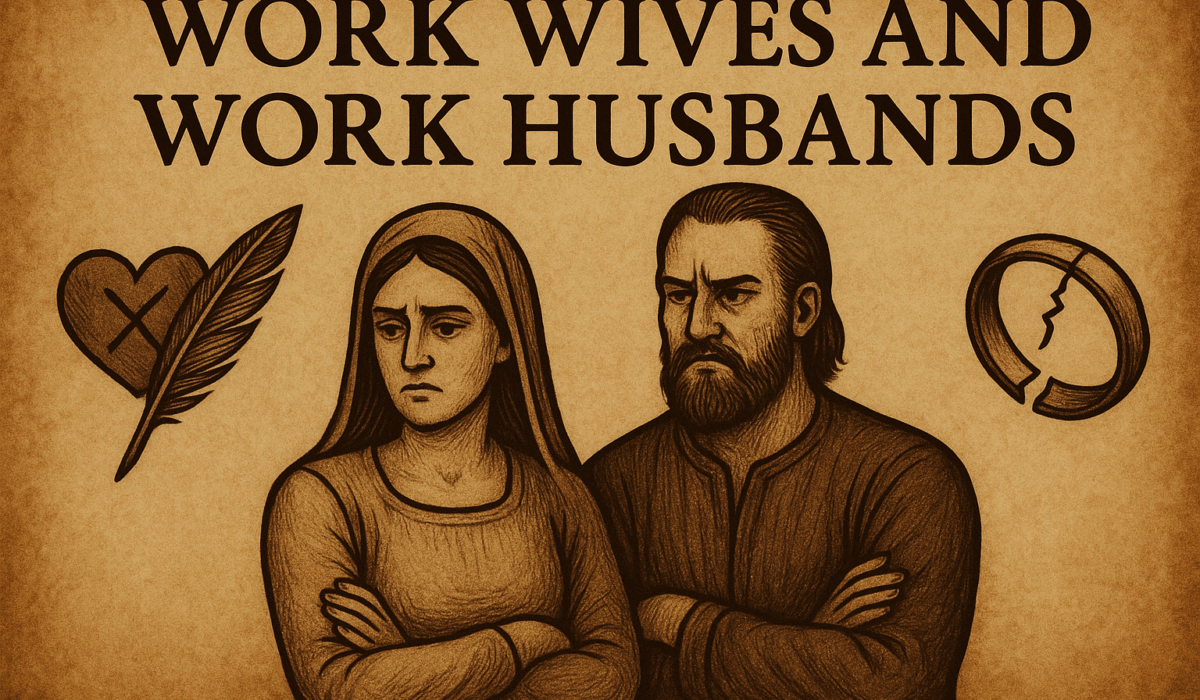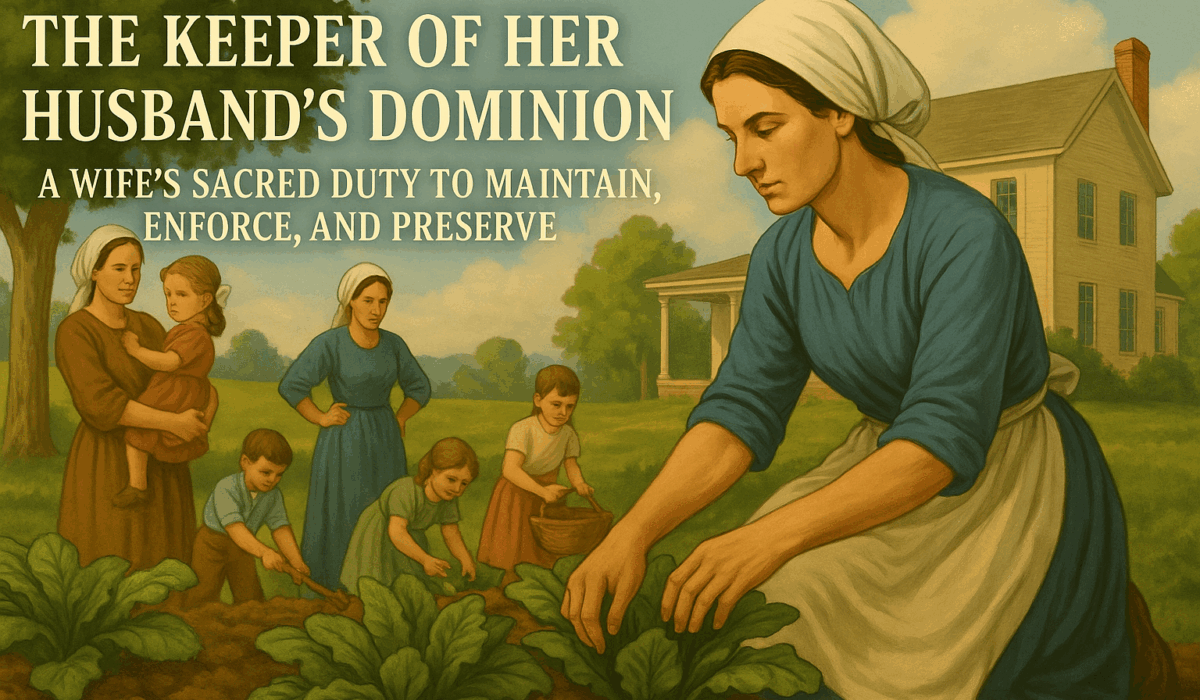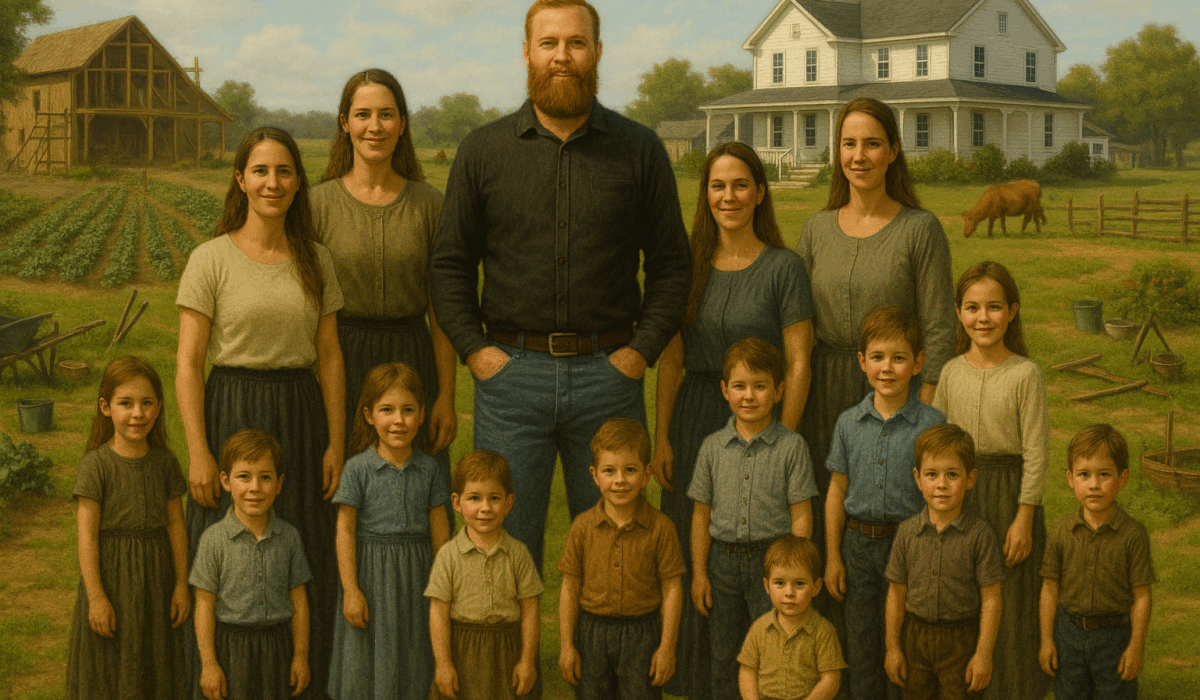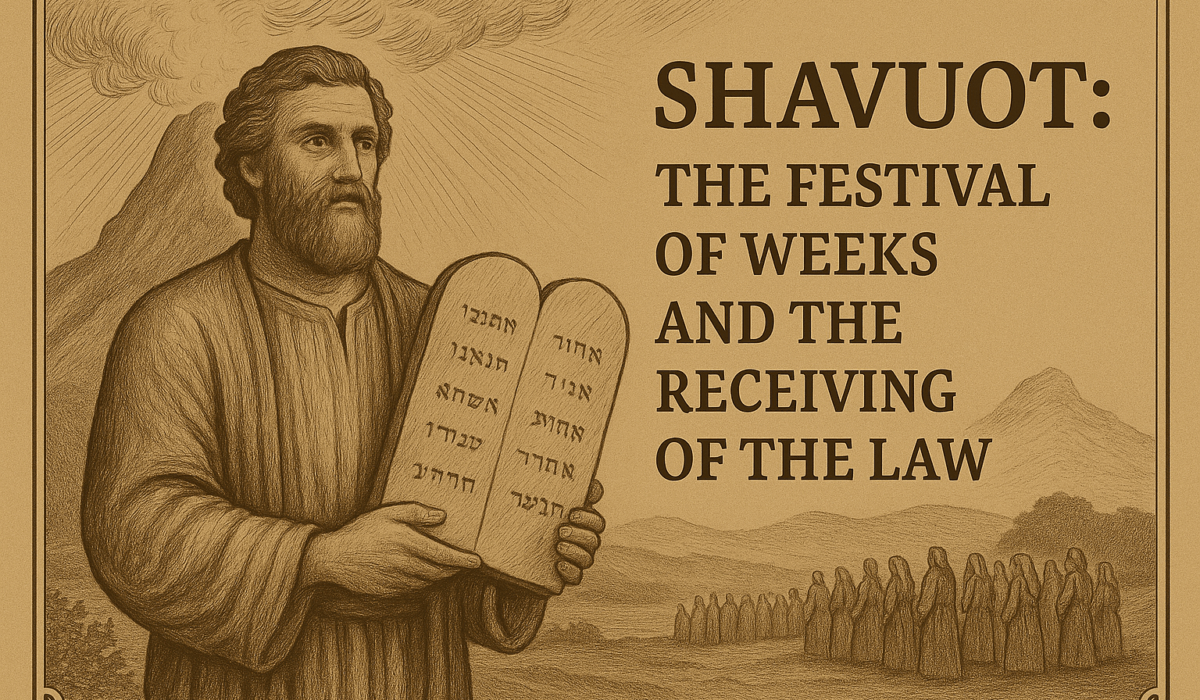A Call to Reject Emotional Infidelity, Reclaim Covenant Boundaries, and Restore the Sanctity of Marriage
> “Ye have heard that it was said by them of old time, Thou shalt not commit adultery:
But I say unto you, That whosoever looketh on a woman to lust after her hath committed adultery with her already in his heart.”
— Matthew 5:27–28
In a world that no longer knows what marriage is, it should come as no surprise that it also fails to recognize what adultery is. We live in a society where vows are recited but not kept, where boundaries are spoken but not enforced, where men and women routinely exchange intimate glances, secrets, affections, and loyalties — not with their spouses, but with their so-called “work spouses.”
“Work wife.”
“Work husband.”
What sounds playful is nothing less than a mockery of God’s sacred covenant. It is an open door to the serpent. It is emotional polygamy, relational adultery, and moral treason, cloaked in corporate language and justified by modern customs.
But in the Kingdom of God, we do not adopt the world’s language or customs — we conform our lives to His unchanging law. And His law calls this what it is: sin.
I. The Lie of Innocence: “It’s Just Platonic”
The first defense of this modern relational cancer is predictable: “We’re just friends. It’s not romantic. It’s not sexual. It’s just easier to talk to him/her than my actual spouse.”
To this the Scripture thunders: Flee youthful lusts. Avoid even the appearance of evil. Keep thy heart with all diligence.
God’s standard is not vague:
> “Make no provision for the flesh, to fulfill the lusts thereof.”
— Romans 13:14
> “Let not sin therefore reign in your mortal body, that ye should obey it in the lusts thereof.”
— Romans 6:12
The deception of the “work spouse” is that it feels safe because it hasn’t yet crossed the line. But Scripture warns that the line is not merely physical — it is emotional. Adultery begins in the heart. It grows through small compromises: casual lunches, inside jokes, personal confessions, shared frustrations about one’s real spouse.
Many husbands and wives have found themselves in full-blown affairs not because they went looking for one — but because they permitted emotional intimacy to develop where it had no business existing.
> “Can a man take fire in his bosom, and his clothes not be burned?”
— Proverbs 6:27
The answer is no. Flirtation, familiarity, loyalty, and vulnerability do not belong to a coworker — they belong to one’s husband or wife. Anything else is fire in the bosom.
II. Marriage Is Not a Shared Title — It’s an Exclusive Covenant
The biblical vision of marriage is not vague. It is not open. It is not compartmentalized.
> “For this cause shall a man leave his father and mother, and shall cleave unto his wife: and they two shall be one flesh.”
— Genesis 2:24
One flesh. One bond. One union. No third parties. No emotional surrogates. No divided loyalties.
In the sacred covenant of marriage, all forms of intimacy — sexual, emotional, spiritual, domestic — are reserved for one’s spouse alone. To cleave to another, even in heart, is to violate this unity.
The “work spouse” is a counterfeit covenant. It simulates the affection, support, camaraderie, and even flirtation of marriage, without the vow, the accountability, or the sanctity. It is adultery that hides behind HR policies and office banter.
But God sees through the veil. He sees the shared laughter. He sees the personal texts. He hears the long conversations. He knows who you vent to, who you praise more often, whose counsel you seek, whose praise you crave, and whose absence you feel.
And if the answer is someone other than your real spouse, then the order of God has been violated.
III. The Fruits of Disorder: Broken Trust, Weakened Homes, and Generational Damage
This modern concept has consequences. The work husband and work wife dynamic is not harmless. It is devastating.
It fosters discontent: When you emotionally invest in someone outside your marriage, it erodes gratitude for the one God gave you. You compare. You fantasize. You critique. You harden.
It breeds secrecy: Even if no “lines” are crossed, these relationships often operate in a hidden realm. Texts are deleted. Details are withheld. Lunches aren’t mentioned. Why? Because the heart knows it’s wrong.
It trains the next generation: Children watch. Sons observe how their fathers treat women who aren’t their mother. Daughters watch their mothers seek attention from men who aren’t their father. And thus the cycle of infidelity, divorce, and compromise repeats.
It weakens masculine authority: A married man emotionally leaning on a female coworker for affirmation or empathy undermines his authority and becomes a passive participant in the feminization of society. He is not a patriarch — he is a needy emotional adolescet child.
It multiplies temptation: Even if physical sin never occurs, the proximity and regular emotional stimulation lay a minefield of spiritual vulnerability. Satan is patient. He will wait years to detonate what you’ve casually cultivated.
IV. Emotional Affairs Are Real Affairs
The modern church has a high tolerance for emotional sin and a low view of spiritual fidelity. But God does not divide the soul from the body as cleanly as modern psychology. In Scripture, adultery is not just an act — it is a spirit.
> “But I say unto you, That whosoever looketh… hath committed adultery already in his heart.”
— Matthew 5:28
What the world calls “work wife,” God calls another woman in your heart.
What the culture calls “work husband,” God calls a man who receives your attention and emotional submission.
You do not need to lie in a bed with someone to be unfaithful to your spouse. If you give another man or woman:
The affection that belongs to your spouse,
The admiration that belongs to your spouse,
The emotional intimacy that belongs to your spouse,
The trust, vulnerability, or attention that belongs to your spouse…
Then you have committed adultery. It may not be punishable by law, but it is condemnable before heaven.
V. The Root Cause: Feminized Workplaces and Gender Mixing
At the root of this phenomenon is the deep disorder of the modern work environment — namely, the mass integration of men and women in professional settings that God never intended.
When women left the home and entered the workplace en masse, the sacred boundaries between male and female interactions eroded. Men and women began spending the majority of their waking hours with each other in private, emotionally charged, success-driven environments.
Coworkers became confidants.
Business lunches became dates in disguise.
Projects became shared battles that forged unnatural bonds.
Office flirtation became normalized and even encouraged.
Masculine hierarchy was replaced with emotional egalitarianism.
The workplace is now the most common place where affairs begin — because it is a daily proximity without accountability, duty without covenant, and familiarity without consequence.
Biblically, women were not designed to work beside unrelated men. They were designed to work for their household, under the authority of a husband or father, not under a male boss or alongside male peers. The feminized workplace is a powder keg of sexual and emotional confusion.
VI. The Gospel Solution: Repentance, Rebuilding, and Reformation
The answer to this cultural cancer is not merely to avoid certain behaviors, it is to repent of an entire framework of thinking. We must repent not only of inappropriate relationships, but of the worldly philosophies that made them seem harmless.
> “Be not conformed to this world, but be ye transformed by the renewing of your mind…”
— Romans 12:2
What must we do?
1. Repent
If you have entertained an emotionally inappropriate relationship, confess it. Before God. Before your spouse. Cut off all ties, emotional dependencies, and ongoing connections. Even if it was “just a friendship,” sever it without apology. You don’t need closure. You need immediate obedience!
2. Rebuild Trust in Your Marriage
Reinforce emotional walls around your household. Return to your spouse as your primary,and only source of emotional intimacy. Pray together. Speak openly. Study Scripture. Eat meals without distraction. Build the oneness that you were meant to enjoy, with no competitors in sight.
3. Reevaluate Your Workplace Setup
If you are in an environment that constantly places you in compromising situations, consider what must change. This may mean seeking a new role, requesting boundary-respecting accommodations, or even radically restructuring your career. Better to suffer financially than to suffer the wrath of God.
4. Establish and Enforce Clear Boundaries
Married men and women should not spend one-on-one time with the opposite sex. No private lunches. No casual texting. No sharing personal details. No familiarity. No banter. It may look extreme to the world. But it looks holy to heaven.
5. Train Your Children in Real Loyalty
Teach your sons and daughters that marriage is an exclusive covenant, not a partial arrangement. Warn them of the emotional compromises that lead to physical ones. Show them how to preserve trust by denying access.
VII. Let the Marriage Bed Be Undefiled
> “Marriage is honourable in all, and the bed undefiled: but whoremongers and adulterers God will judge.”
— Hebrews 13:4
The world defiles everything it touches. It mocks fidelity. It rewards flirtation. It encourages men and women to find comfort in strangers and neglect the covenant of their youth.
But the people of God are not called to flirt with boundaries. We are called to build walls, high walls, sacred walls, covenant walls.
Let your marriage be a fortress.
Let no other man have your wife’s loyalty.
Give no married woman your attention.
Any outside emotional bond will undermine the oneness of your union.
Let the marriage bed be undefiled — not just sexually, but emotionally, mentally, and spiritually.
VIII. The Rise of Patriarchal Loyalty
What the world calls “work spouses” is a symptom of something deeper, the collapse of godly patriarchy. When men fail to lead at home, women seek affirmation elsewhere. When women abandon domestic order, they search for masculine covering in the marketplace and their husbands seek affection elsewhere.
The restoration of marital fidelity begins with the restoration of Biblical order:
Husbands must lead their wives spiritually, emotionally, and practically.
No wife needs a “work husband” when she is being shepherded, cherished, and honored by the real head of her house.
Wives must submit joyfully and cultivate the home.
No husband will wander when his wife is his true helper, crown, and delight.
Fathers must protect their daughters from early emotional entanglements.
Train them not to give their hearts to coworkers, classmates, or casual connections. Teach them that loyalty belongs only to their future husband.
IX. When Women Have “Work Wives”: The Rise of Feminized Emotional Codependency
The deception of “work spouses” is not limited to cross-sex entanglements. In our gender-confused and emotionally disordered culture, even women are now adopting the language of “work wives”, forming overly intimate emotional relationships with other women in the workplace. And though this may appear less threatening on the surface, its underlying disorder is no less real or damaging.
This phenomenon stems not from Biblical sisterhood, but from feminized codependency.
These relationships often replace the emotional intimacy that should exist between wife and husband, or even sister-wives.
They encourage gossip, emotional vulnerability, and spiritual confusion, outside of covenant.
They mimic the closeness of marriage, treating another woman as a surrogate spouse, confidant, and daily companion when those relationships should be limited to their husband or sister-wives.
The modern woman now boasts of her “work wife”, the coworker she eats lunch with, shares secrets with, travels with, and emotionally leans on. It is framed as friendship. But its essence is the same: disorder.
Scripture speaks clearly:
> “That they may teach the young women to be sober, to love their husbands, to love their children, to be discreet, chaste, keepers at home…”
— Titus 2:4–5
These so-called “work wife” dynamics do not produce sobriety, discretion, or chastity. They breed spiritual laxity, emotional discontentment, and subtle rebellion against the home. Instead of being anchored in their own households, many women have become emotionally tethered to other women in the workplace.
And increasingly, the line between codependent “friendship” and lesbian flirtation is blurred. In a world that encourages pride in perversion, emotional and physical boundaries are obliterated. We now see women flirting, touching, and even experimenting under the banner of “friendship”, another abomination in the eyes of God.
The truth is this: a married woman has no business forming emotional enmeshments with other women, these entanglements will rival or replace her bond with her husband.
Her allegiance belongs to her household.
Her loyalty belongs to her head.
Her heart belongs to the man God gave her — not a female coworker, a “bestie,” or an emotional twin.
The household of faith must train women in true sisterhood — not emotional lesbianism. Older women are to train the younger, not seduce them with dependency. Biblical womanhood is strong, fruitful, and sober — not clingy, dramatic, or relationally chaotic.
Let women be guarded. Let emotional boundaries be restored. Let the term “work wife” be cast back into the sewer from which it came.
Conclusion: Let No Man Tear Asunder
In the beginning, God made them male and female. He joined them. He called it very good. And He warned: what God hath joined together, let no man (no coworker, no friend, no casual flirtation) put asunder.
If you are married, your emotional, spiritual, and intimate focus belongs to one another. Guard it like a sword. Protect it like a treasure. Honor it like a temple.
The culture will scoff. It will say you’re insecure. It will say you’re overreacting.
Let them scoff. Let them mock. Let them wallow in their broken homes, their emotional affairs, their office romances, and their destroyed legacies.
But as for the people of God, we will re-build the Great Order.
And the Great Order begins with marriage — covenanted, loyal, undefiled, and unshakable.
Soli Deo Gloria.









